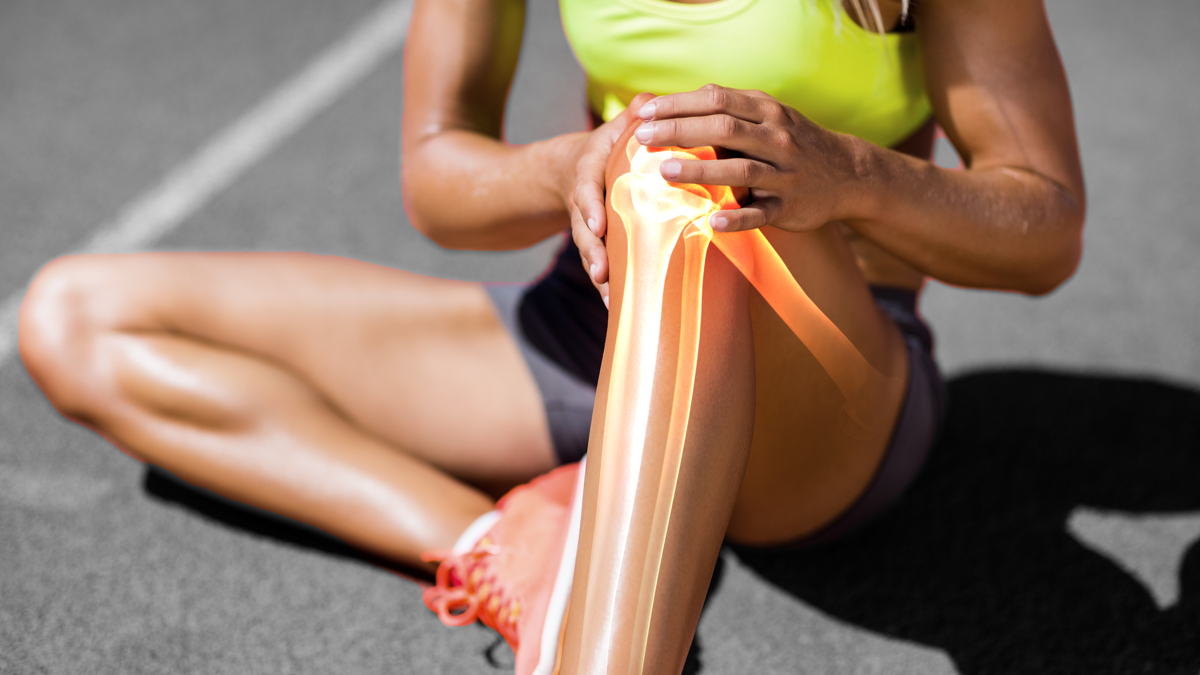As a gymnast, I loved pushing my body and felt proud of the progress I was making. I felt some wear and tear and daily discomfort, but I was sure that it was temporary and would pass with time. My goal was to compete in the Olympics.
The goal was shattered one day when I fell during training one day and felt excruciating pain. It turned out to be a fractured kneecap on top of multiple overuse injuries.
Months after spending time in the hospital, I was in pain when simply walking. The dream of competing in the Olympics was slipping through my fingers, and I felt that I was slipping into a depression. Without gymnastics, I was becoming a mere shadow of my former self.
Over time, I was able to recover. I am no longer a gymnast, but I work as a physical therapist and nutritionist. Here’s what helped me the most:
How I Recovered from Injury and a Mental Breakdown
1. Physical Therapy
While I was both flexible and strong, my flexibility was more developed, thus compromising my joints. Working with a physical therapist, I was able to develop more strength around the joints that would balance out my flexibility and protect my joints.
2. Yoga
I had never done yoga before my injury, and I was recommended it to maintain my flexibility. However, the most prominent benefit was not one I felt on my body but on my mind. Through yoga, I was able to relax and slow down. It also helped support my mental health and prevent depression from escalating.
3. Rest
During my gymnastics days, I would often practice through pain. The injury forced me to focus on rest and recovery and resist physical activity even though my ego was pushing me to jump back into it faster.
Even after I was cleared for exercise, I made sure to approach it slowly and allow my body plenty of rest and recovery time.
Now, working with clients and designing personal training programs, I make sure to always space out exercise and incorporate enough rest as well as advise getting enough sleep. The lack of sleep can lead to the accumulation of the stress hormone in the body, causing it to accumulate fat rather than build muscle.
5. Foam Rolling
Another think I had never done prior to my injury was foam rolling. Now, I do it almost daily for 5-10 minutes. It helps me release tension and stiffness in the muscles, and I feel that my recovery periods are faster, my flexibility is maintained easily, and my muscles aren’t as sore as they used to be before.
6. Kratom
Something I had to deal with constantly was excruciating pain. Even simple acts like walking, sitting down, or standing up were painful. This constant pain was also negatively affecting my mental health. It made me feel helpless, hopeless, and was pushing me to the brink of a mental breakdown.
I was constantly on pain killers which made me sluggish, drowsy, and made my thoughts slow and cloudy. I feared becoming addicted to them, but I also couldn’t live without them.
One day, a friend of mine came over a brought a Southeast Asian herb called kratom. It was the first time I ever heard of it.
He said that it worked in a similar way to opioid pain medication, yet was completely natural, non-addictive, and with minimal side effects. The right strains of kratom apparently also could boost energy just like coffee, improve cognition, and help manage stress, anxiety, and depression.
It sounded too good to be true, yet those were all the benefits that I was looking for. And since I was rather desperate, I decided to try it.
My friend brewed a cup of Green Maeng Da kratom. Despite the added honey and lemon, it tasted bitter and not very palatable. Yet, about 15-30 minutes later, I felt my pain subside, my mind clear, my energy come back, and my mood improve.
I became a regular kratom user, and this herb helped me get through my recovery, providing effective pain relief and support for my mental wellbeing.
7. Joint Supplements
While joint supplements are usually recommended for the elderly population and those who suffer from arthritis, I decided to give them a try in order to reduce the inflammation in my knee and aid my recovery.
I chose Glucosamine and Chondroitin Sulfate supplements as well as a Turmeric and black pepper joint formula. I also started regularly drinking broth as it is rich in collagen and other nutrients that can support the joints.
Now, I am almost completely pain-free. I still take joint supplements and kratom, foam roll, prioritize rest, and occasionally practice yoga. All those have aided my recovery and provided me with a second chance to work in sports.
With all that being said, I would like to emphasize that it has been my personal experience and it may not work for everyone. Always do your own research and consult your physician before proceeding with any supplement or treatment method. However, if you find yourself in a similar position, hopefully, my experience can give you some inspiration and ideas to look into.


